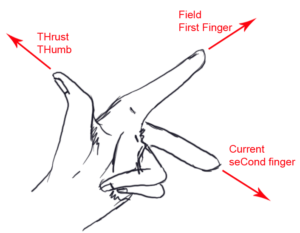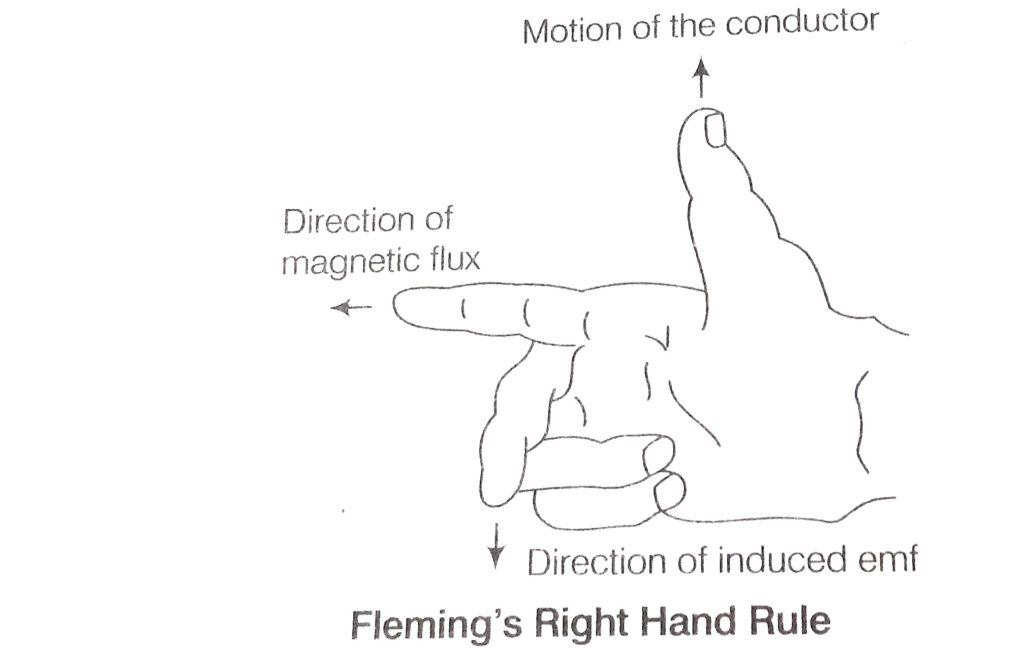Contents
Fleming’s left hand rule and right hand rule
Fleming’s left hand rule
Fleming’s left hand rule is considered as one of the easiest and accurate ways of finding the direction of force/motion of a conductor in an electric motor when the direction of the current and electric field are known.
Whereas Fleming’s right-hand rule is used to find the direction of induced current in an electric generator when the direction of motion of the conductor and direction of the magnetic field is known.
Both these rules were discovered by John Ambrose Fleming in the late 19th century.
We know that when a current-carrying conductor has placed a magnetic field then there will be a torque on the conductor due to which it rotates and the direction of the rotation of motion of the conductor can find out by using Fleming’s left-hand rule which is discussed below in detail.
Fleming’s left hand rule statement
According to Fleming’s left-hand rule when we stretch the thumb, forefinger, and middle finger of the left hand in three different directions in such a way that all the three fingers are perpendicular to each other as shown in the figure.
Then,
- The forefinger points in the direction of the field.

Fleming left-hand rule diagram - The middle finger points in the direction of the current.
- Then the thumb will point in the direction of motion of the conductor.
Thus by using the above rule we can easily find the direction of rotation of the motion of the conductor.
NOTE:
Fleming’s left-hand rule is also known as the motor rule as is used to find the direction of rotation of the motor.
Fleming’s right-hand rule
According to the faraday law of induction when a rotating conductor is placed in a magnetic field then a current is induced or generated in that conductor and the direction of that induced or generated current can find out by using Fleming’s right-hand rule which is discussed below in detail.
Fleming’s right-hand rule statement
According to Fleming’s right-hand rule when we stretch the thumb, first or forefinger, and the second or middle finger of our right hand in such a way that all the three fingers are mutually perpendicular to each other in three different directions as shown in fig.

Then,
- The thumb will represent the direction of motion of the conductor.
- The first or forefinger will represent the direction of the magnetic field.
- Then the second or middle finger will give the direction of the induced or generated current in the conductor.
Thus by using the above rule we can easily find the direction of the induced current in the rotating conductor.
Fleming’s right-hand rule is also known as the generator rule as it is used to find the direction of induced current in the armature winding of the generator.
Here is important to note that Fleming’s left-hand rule and right-hand rule can’t determine the magnitude of any parameters but instead can be very helpful in finding the direction of any of the three-parameter (i.e magnetic field, current, and force) when the direction of other two parameters are known to us.
Application of fleming’s left hand rule and fleming’s right-hand rule
Flemming’s left-hand rule is used to find the direction of the induced current in the motor when the other two parameters are known. Whereas fleming’s right-hand rule is used two find the direction of induced emf in an electric generator.
